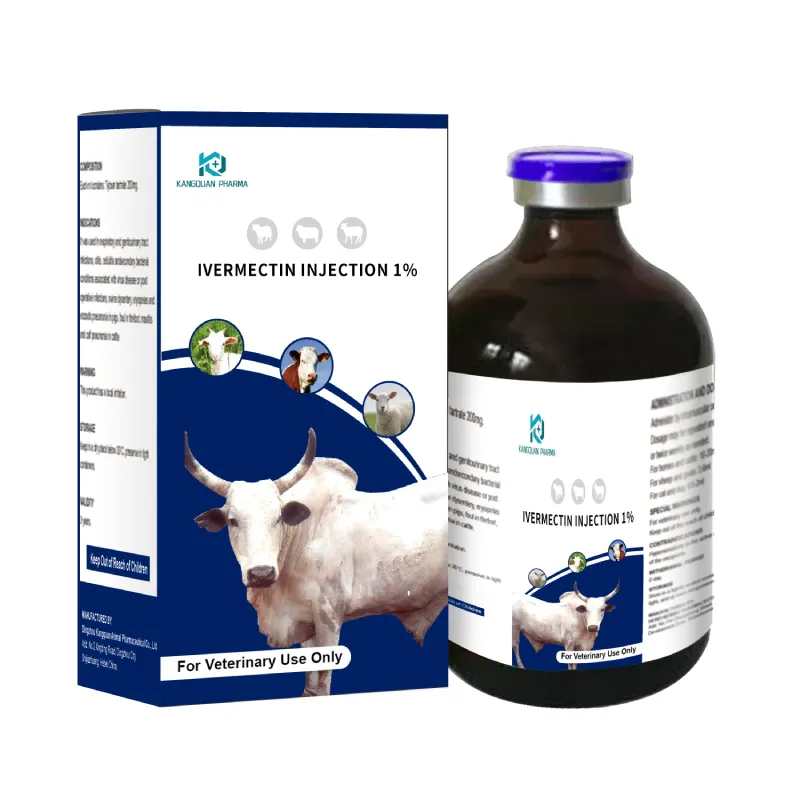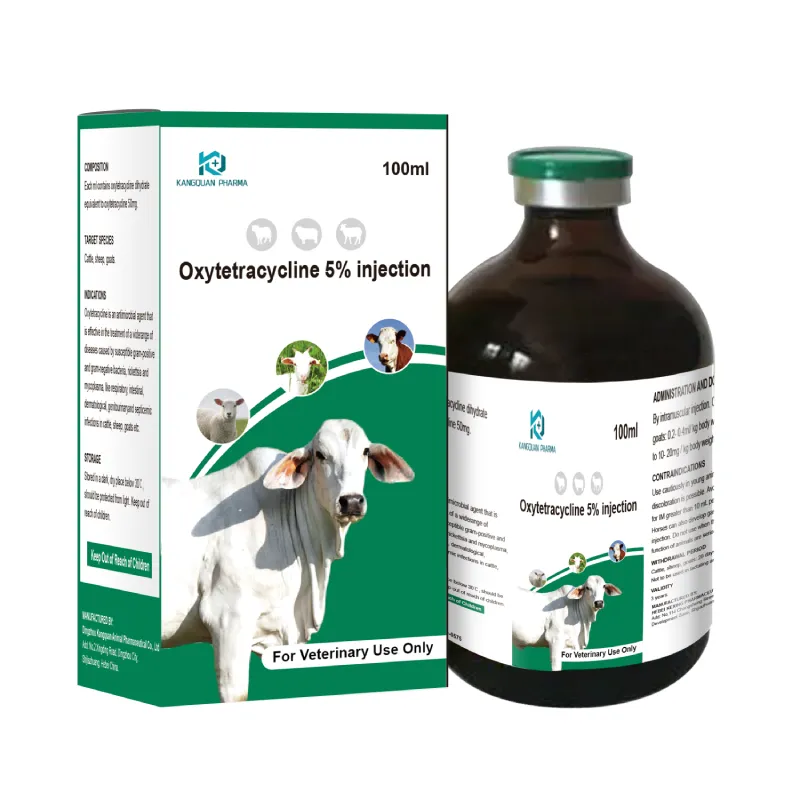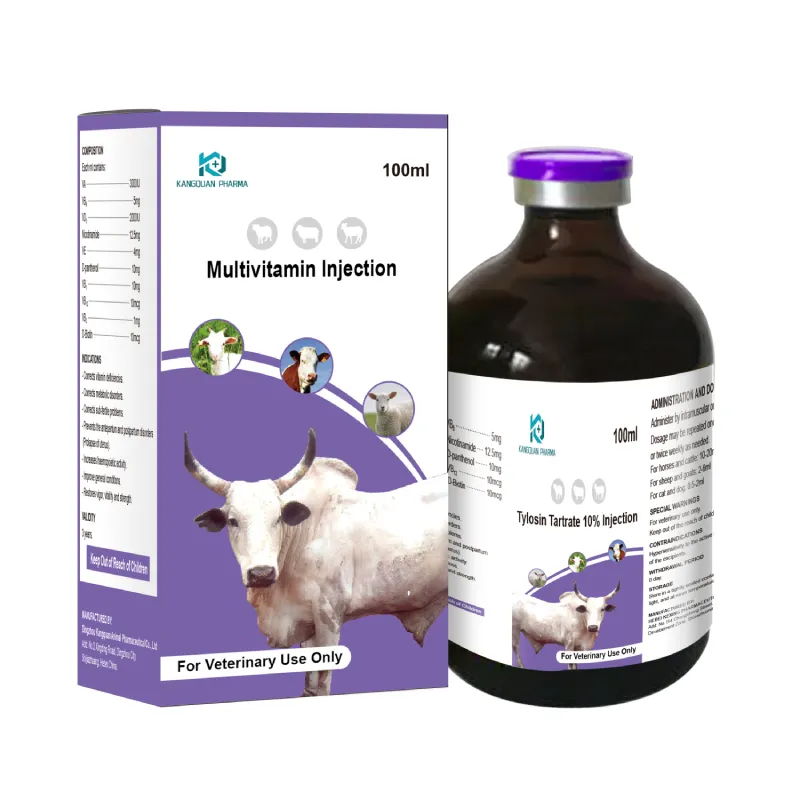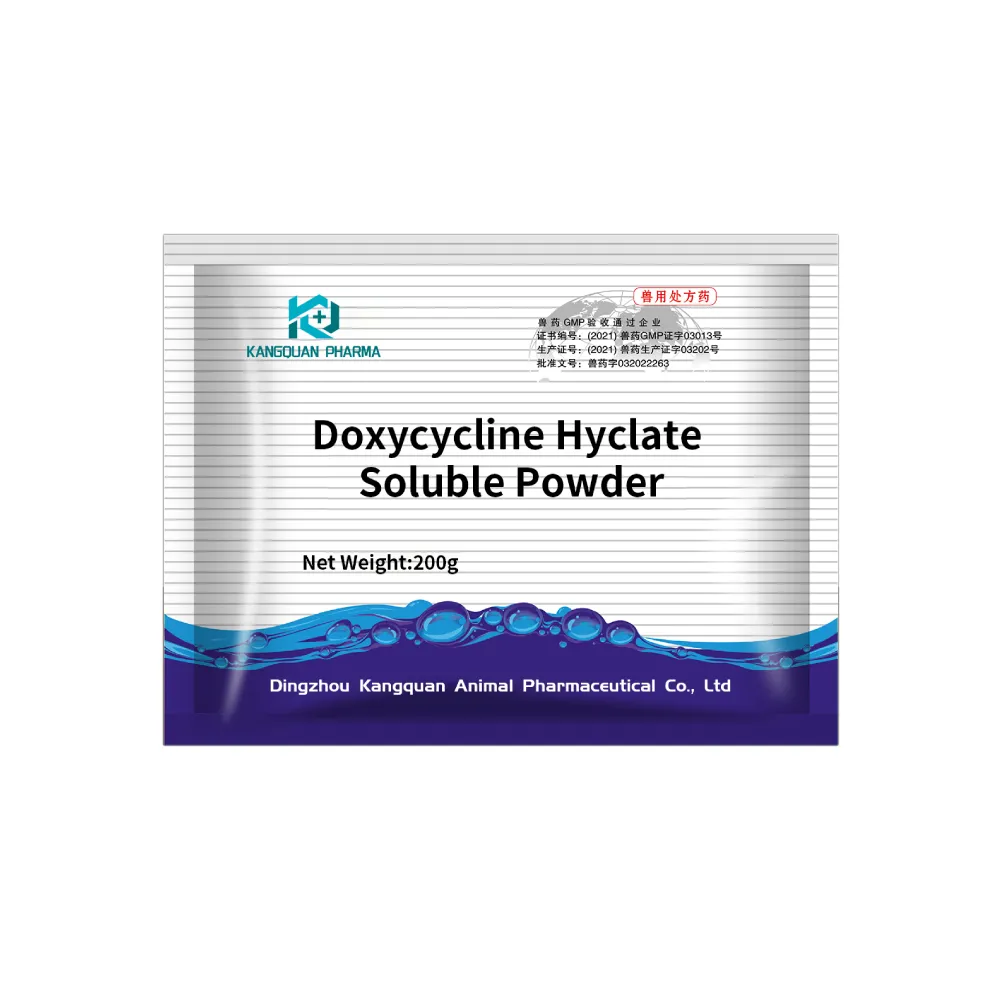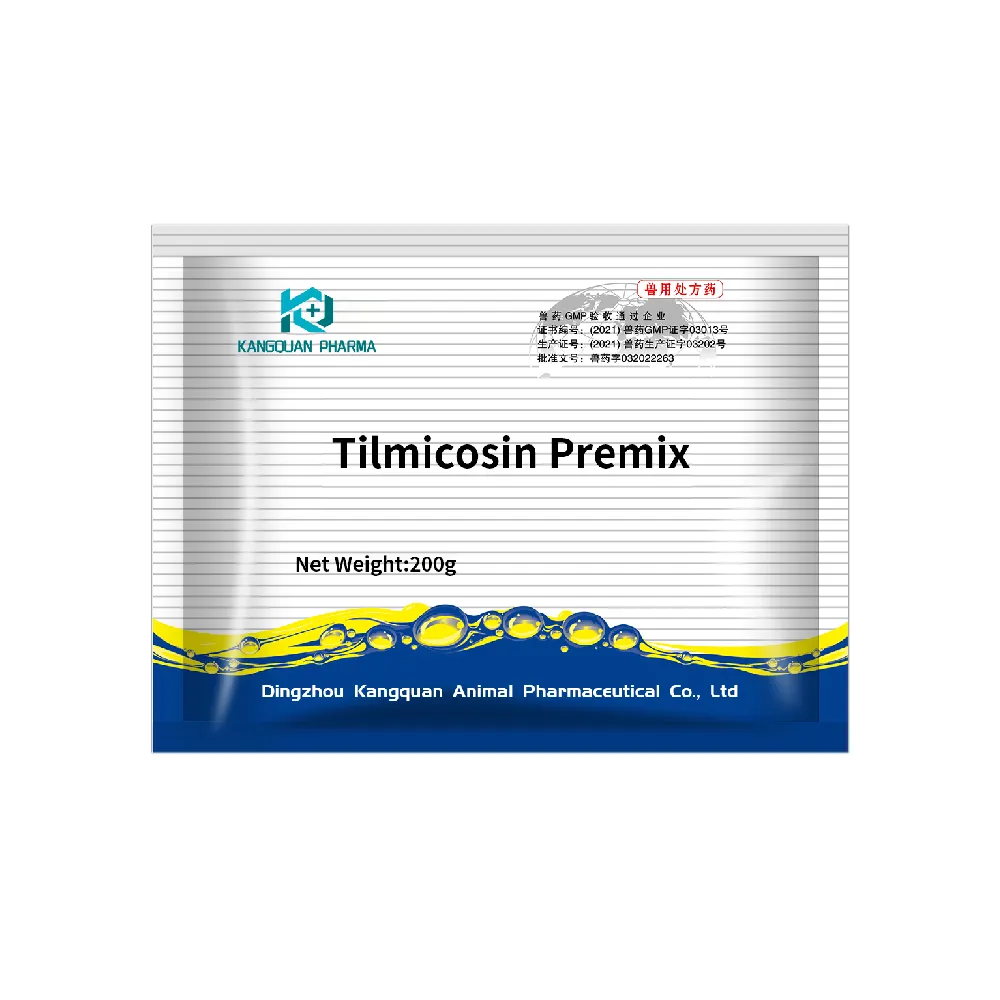- Afrikaans
- Albanian
- Amharic
- Arabic
- Armenian
- Azerbaijani
- Basque
- Belarusian
- Bengali
- Bosnian
- Bulgarian
- Catalan
- Cebuano
- Corsican
- Croatian
- Czech
- Danish
- Dutch
- English
- Esperanto
- Estonian
- Finnish
- French
- Frisian
- Galician
- Georgian
- German
- Greek
- Gujarati
- Haitian Creole
- hausa
- hawaiian
- Hebrew
- Hindi
- Miao
- Hungarian
- Icelandic
- igbo
- Indonesian
- irish
- Italian
- Japanese
- Javanese
- Kannada
- kazakh
- Khmer
- Rwandese
- Korean
- Kurdish
- Kyrgyz
- Lao
- Latin
- Latvian
- Lithuanian
- Luxembourgish
- Macedonian
- Malgashi
- Malay
- Malayalam
- Maltese
- Maori
- Marathi
- Mongolian
- Myanmar
- Nepali
- Norwegian
- Norwegian
- Occitan
- Pashto
- Persian
- Polish
- Portuguese
- Punjabi
- Romanian
- Russian
- Samoan
- Scottish Gaelic
- Serbian
- Sesotho
- Shona
- Sindhi
- Sinhala
- Slovak
- Slovenian
- Somali
- Spanish
- Sundanese
- Swahili
- Swedish
- Tagalog
- Tajik
- Tamil
- Tatar
- Telugu
- Thai
- Turkish
- Turkmen
- Ukrainian
- Urdu
- Uighur
- Uzbek
- Vietnamese
- Welsh
- Bantu
- Yiddish
- Yoruba
- Zulu
Nov . 27, 2024 10:14 Back to list
Oxytetracycline Dihydrate for Injection Treatment and Dosage Guidelines
Oxytetracycline Dihydrate Injection An Overview
Oxytetracycline dihydrate injection is an important drug in the field of veterinary medicine and human healthcare. As a member of the tetracycline class of antibiotics, it is widely recognized for its broad-spectrum antibacterial and therapeutic properties. In this article, we will explore the characteristics, uses, administration, and safety profile of oxytetracycline dihydrate injection.
What is Oxytetracycline?
Oxytetracycline is a naturally occurring antibiotic derived from the fermentation of the bacterium Streptomyces aureofaciens. It was one of the first broad-spectrum antibiotics discovered and has been in clinical use since the 1940s. The dihydrate formulation of oxytetracycline is particularly important as it enhances the drug's stability and solubility, making it suitable for injection.
Mechanism of Action
The mechanism of action of oxytetracycline involves binding to the 30S ribosomal subunit of bacteria, thereby inhibiting protein synthesis. This action not only stops bacterial growth (bacteriostatic effect) but also allows the immune system to eliminate the pathogens more effectively. Its efficacy spans a variety of pathogens, including Gram-positive and Gram-negative bacteria, as well as some atypical organisms.
Clinical Uses
Oxytetracycline dihydrate injection is used in both human and veterinary medicine. In humans, it is often employed to treat respiratory tract infections, urinary tract infections, and certain sexually transmitted diseases. Moreover, it is useful against conditions such as acne and skin infections due to its ability to modulate inflammatory responses.
oxytetracycline dihydrate injection
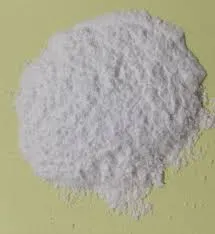
In veterinary contexts, oxytetracycline is commonly used to treat infections in livestock and companion animals. It is effective against diseases such as pneumonia, enteritis, and certain types of mastitis. Its use in food animals has raised pharmacological concerns, especially regarding the development of antibiotic resistance and potential residues in meat and milk.
Administration
Oxytetracycline dihydrate is typically administered via intramuscular or intravenous injection. The choice of route often depends on the condition being treated and the species of the patient. Proper dosing is crucial, as both under-dosing and overdosing can lead to treatment failure or increased toxicity, respectively. The dosage may vary based on factors such as the type of infection, the severity of the condition, and the patient's age and weight.
Safety and Side Effects
As with all medications, safety considerations are essential when using oxytetracycline dihydrate injection. Common side effects can include gastrointestinal disturbances, such as diarrhea and nausea, particularly in susceptible populations. More serious, albeit rare, side effects can involve allergic reactions and photosensitivity, which can increase the risk of sunburn in patients taking the medication.
Additionally, attention must be given to contraindications. Oxytetracycline should not be used in pregnant women or young children under the age of eight, as it can affect bone development and stain teeth. Moreover, interactions with other medications, such as antacids and certain anticoagulants, may occur, emphasizing the importance of a thorough medical history before administration.
Conclusion
Oxytetracycline dihydrate injection remains a critical tool in the clinician's arsenal against bacterial infections. Its broad-spectrum efficacy, coupled with its historical significance, makes it a versatile antibiotic in both human and veterinary medicine. However, the importance of responsible use cannot be overstated, particularly in the face of rising antibiotic resistance. Awareness of its pharmacological properties, potential side effects, and careful patient selection are vital to optimizing outcomes and ensuring the continued effectiveness of this important drug. As with any medical intervention, collaboration between healthcare providers and patients is essential in the safe and effective use of oxytetracycline dihydrate injection.
-
Guide to Oxytetracycline Injection
NewsMar.27,2025
-
Guide to Colistin Sulphate
NewsMar.27,2025
-
Gentamicin Sulfate: Uses, Price, And Key Information
NewsMar.27,2025
-
Enrofloxacin Injection: Uses, Price, And Supplier Information
NewsMar.27,2025
-
Dexamethasone Sodium Phosphate Injection: Uses, Price, And Key Information
NewsMar.27,2025
-
Albendazole Tablet: Uses, Dosage, Cost, And Key Information
NewsMar.27,2025




